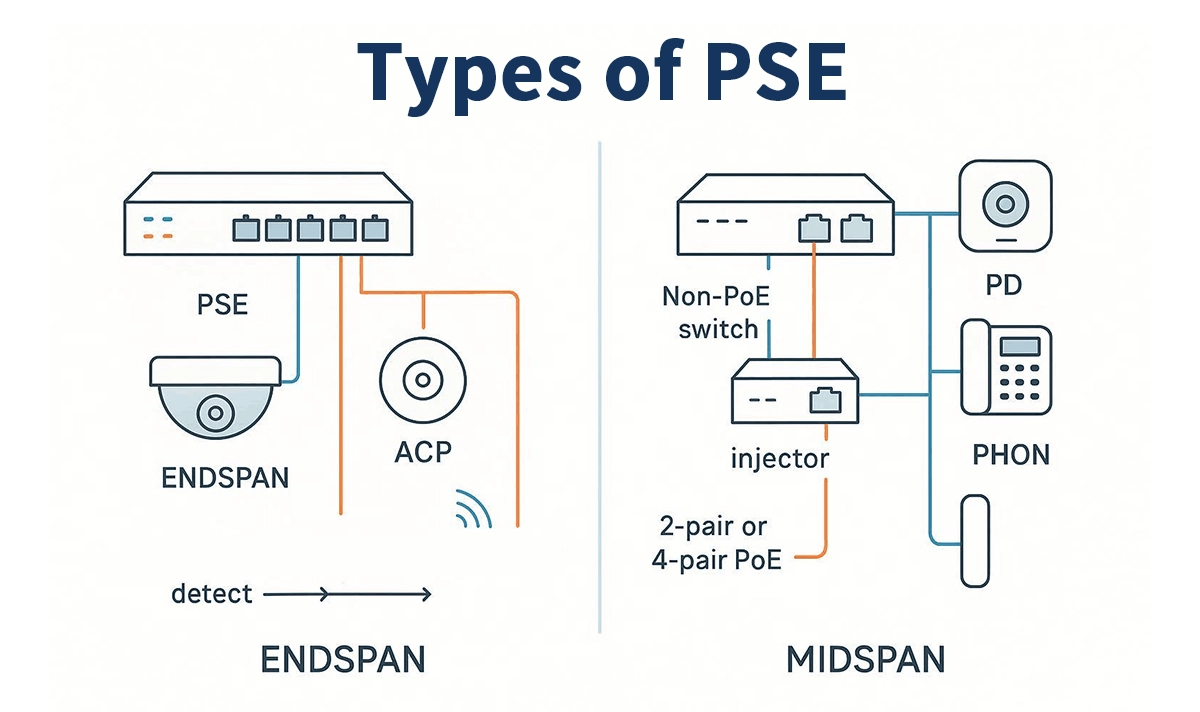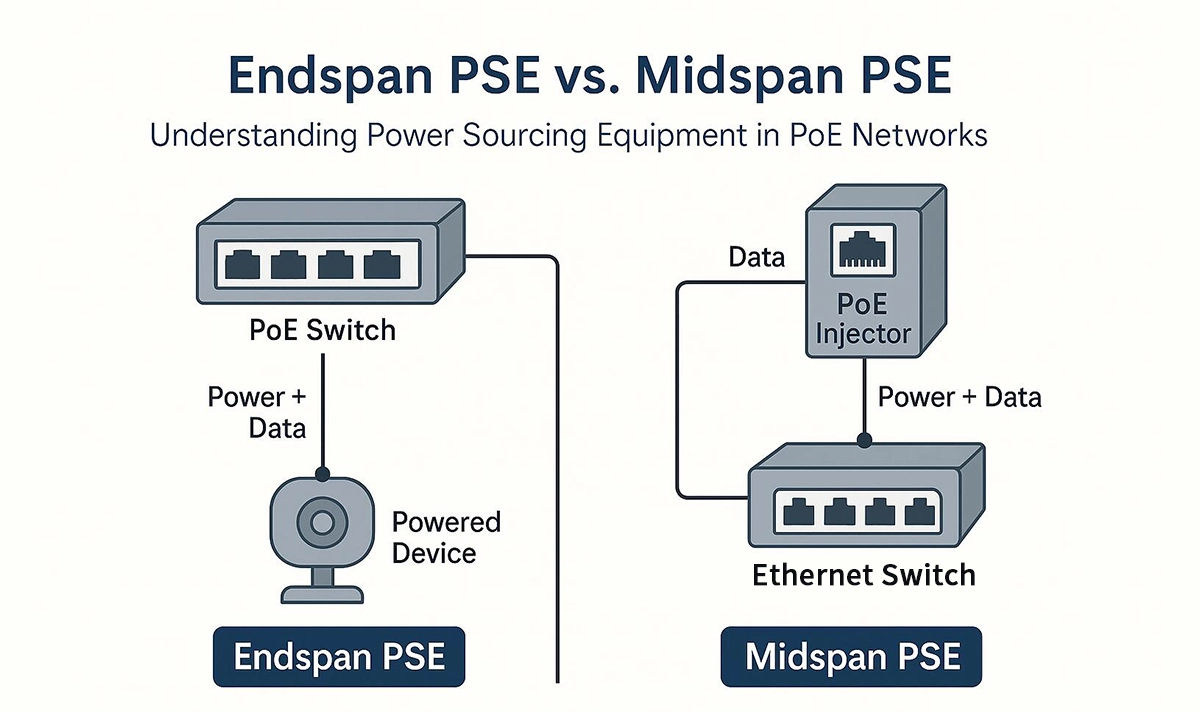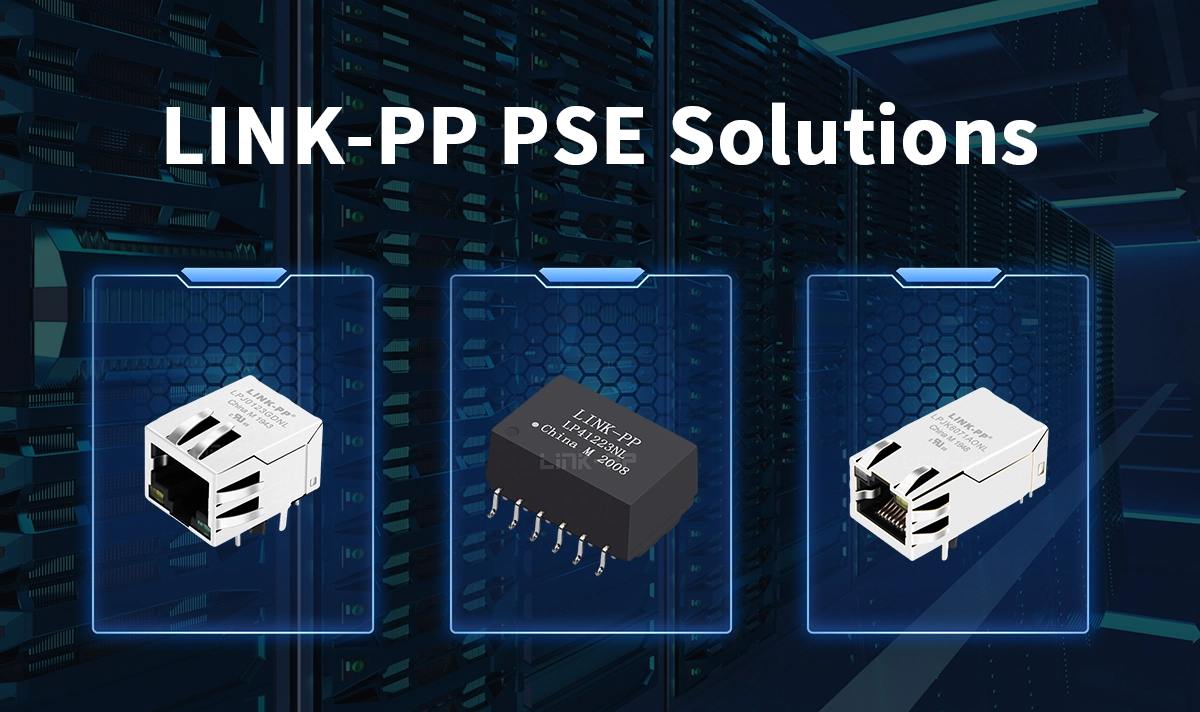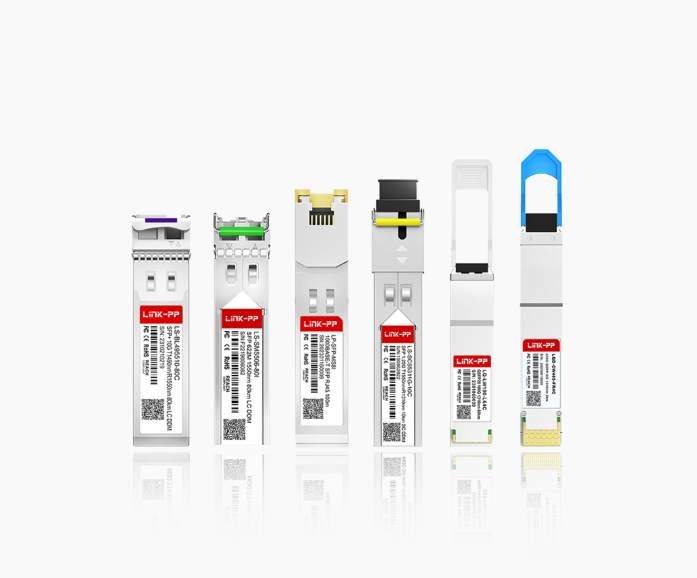In Power over Ethernet (PoE) technology, Power Sourcing Equipment (PSE) plays a central role by delivering both data and electrical power over a single Ethernet cable.
Depending on where the power is injected into the network, PSE devices fall into two categories: Endspan PSE and Midspan PSE.
Understanding their differences is essential when designing or deploying efficient PoE networks.

1. What Is Endspan PSE?
Endspan PSE, often referred to as a PoE switch, integrates power injection directly into the network switch itself.
Each Ethernet port on the switch is capable of delivering both data and DC power to Powered Devices (PDs) such as IP cameras, wireless access points (WAPs), and VoIP phones.
Key Characteristics
Integrated within the switch hardware
Transmits both data and power through the same RJ45 port
No additional PoE injector required
Follows IEEE 802.3af / 802.3at / 802.3bt standards
Simplifies wiring and reduces points of failure
Advantages
Simplified setup—only one device needed
Lower power loss due to direct integration
Easier centralized management of network power
Example:
An enterprise-grade PoE+ switch that powers 24 IP cameras simultaneously is a typical Endspan PSE device.
2. What Is Midspan PSE?
A Midspan PSE—commonly known as a PoE Injector—is an external device positioned between a non-PoE switch and the PD.
It adds electrical power to the Ethernet cable without affecting the data signal.
Key Characteristics
Works with legacy or non-PoE switches
Inserts DC power into Ethernet cables mid-path
Usually available as single-port or multi-port injectors
Compliant with IEEE PoE standards for safety and compatibility
Advantages
Enables PoE support on existing network infrastructure
Cost-effective for upgrading specific ports or small systems
Flexible deployment—no need to replace existing switches
Example:
A single-port PoE injector powering an outdoor wireless AP from a standard Ethernet switch is a Midspan PSE setup.
3. Technical Comparison: Endspan vs. Midspan

Feature | Endspan PSE (PoE Switch) | Midspan PSE (PoE Injector) |
|---|---|---|
Location | Integrated in the switch | Between switch and PD |
Function | Provides data + power | Adds power only |
Installation | One device | Requires extra hardware |
Use Case | New PoE infrastructure | Upgrading existing networks |
Efficiency | Higher | Slightly lower (additional conversion) |
Typical Devices | PoE switches | PoE injectors, hubs |
IEEE Compliance | 802.3af / 802.3at / 802.3bt | 802.3af / 802.3at / 802.3bt |
Both PSE types serve vital roles.
Endspan PSE is ideal for large-scale, centralized PoE networks, while Midspan PSE offers flexibility and retrofit compatibility in mixed environments.
4. Power Delivery and Safety Mechanisms
Regardless of type, both Endspan and Midspan PSE devices follow the same PoE power negotiation process defined by IEEE standards:
Detection: Identify whether a connected device supports PoE.
Classification: Determine the PD’s required power level (Class 0–8).
Power Application: Deliver DC power using Mode A (data pairs) or Mode B (spare pairs).
Monitoring: Maintain voltage and current stability during operation.
Shutdown: Automatically cut power when faults or disconnections occur.
This ensures that non-PoE devices are never damaged, and all PDs receive stable, compliant power.
5. Practical Applications
Endspan PSE:
Data centers and enterprise networks
Security surveillance systems
Smart building automation
Midspan PSE:
Upgrading legacy switches to support PoE devices
Remote or temporary installations
Industrial IoT setups where power sources are limited
6. LINK-PP Solutions for PSE Equipment

LINK-PP provides a full range of PoE-ready magnetic RJ45 connectors and Ethernet transformers designed for both Endspan and Midspan PSE implementations.
For example:
LPJ0123GDNL — A compact PoE+ RJ45 connector supporting IEEE 802.3at (PoE+), ideal for PoE switches (Endspan PSE).
LP41223NL — A 10/100Base-T PoE+ LAN transformer that ensures high isolation and efficient power delivery for injectors (Midspan PSE).
LPJK6071AONL — A Gigabit magnetic module for 1000Base-T applications with PoE++ support, suitable for industrial-grade PSE designs.
These components are engineered for signal integrity, thermal stability, and long-term reliability, ensuring optimal performance in both PoE switches and injectors.
7. Choosing the Right PSE Type
When deciding between Endspan and Midspan PSE, consider:
Network scale: For large or new installations, choose Endspan.
Legacy integration: For existing non-PoE switches, Midspan is cost-effective.
Power requirements: High-power devices (e.g., 802.3bt Type 4) may require advanced PSE modules.
Environmental conditions: Select PoE connectors and transformers with industrial temperature ratings for rugged environments.
8. Conclusion
Both Endspan PSE and Midspan PSE are essential components in modern PoE infrastructure.
While Endspan integrates power and data delivery in one device, Midspan provides flexibility for upgrading non-PoE networks without full hardware replacement.
For OEMs and network engineers, choosing reliable PoE-certified components is critical. Explore LINK-PP’s portfolio of PoE RJ45 connectors and LAN transformers to build efficient, high-performance PSE solutions at l-p.com.




